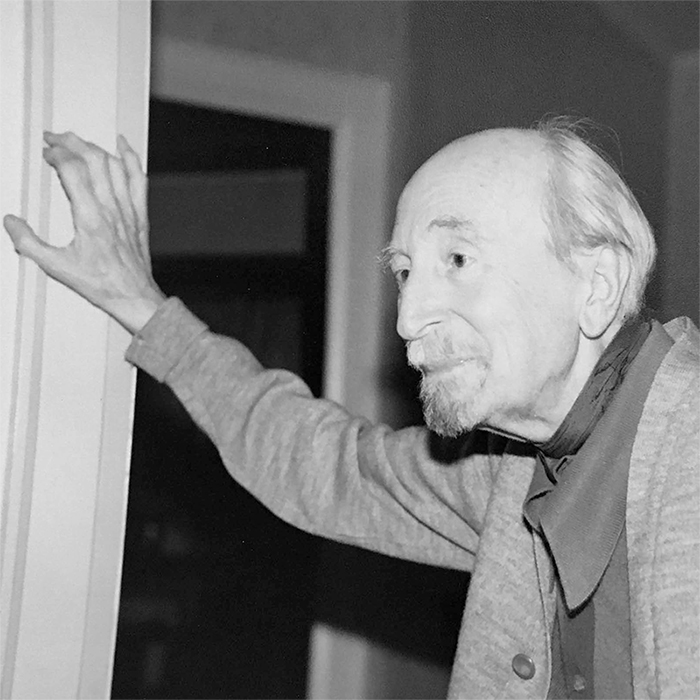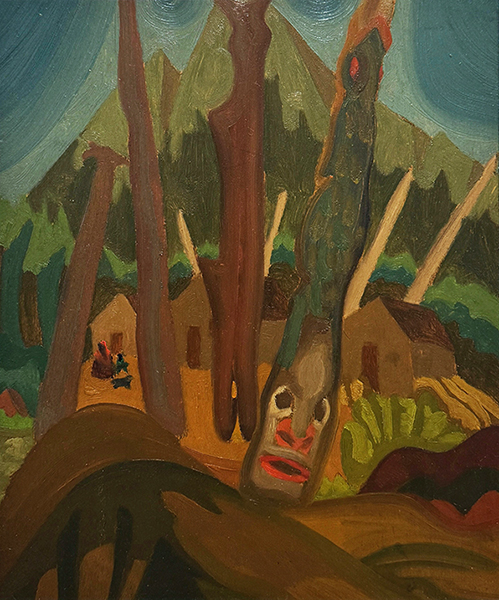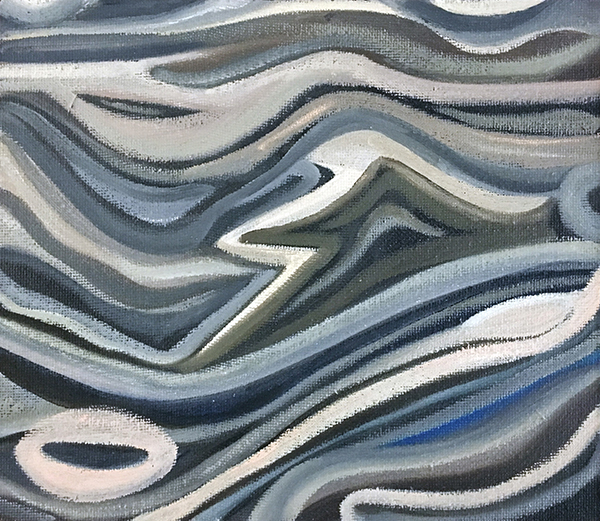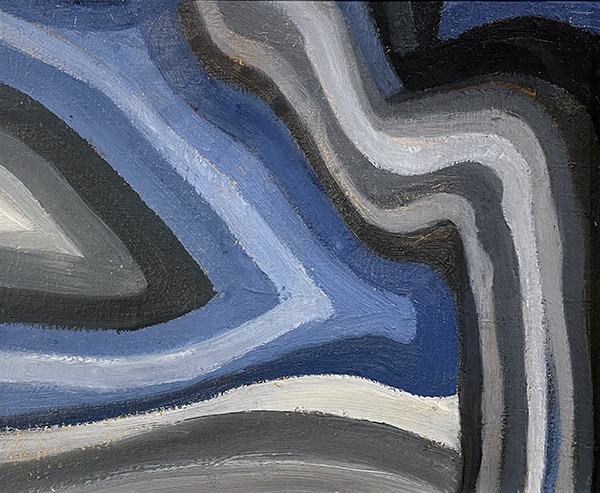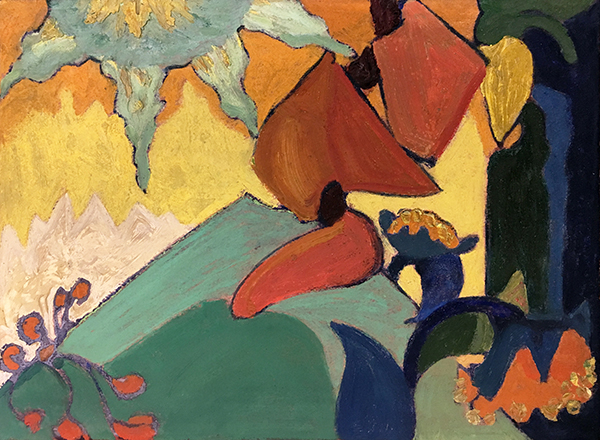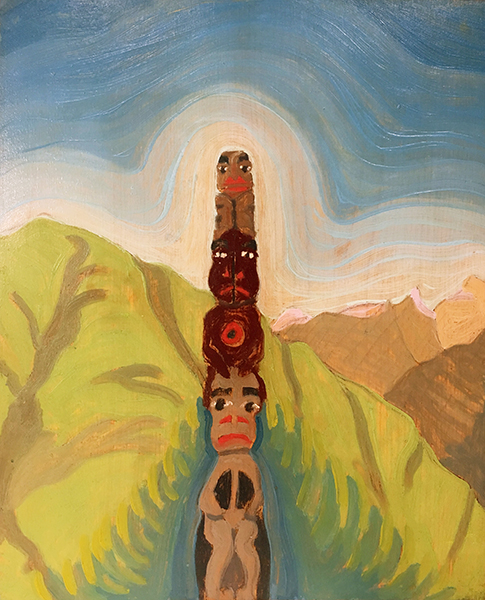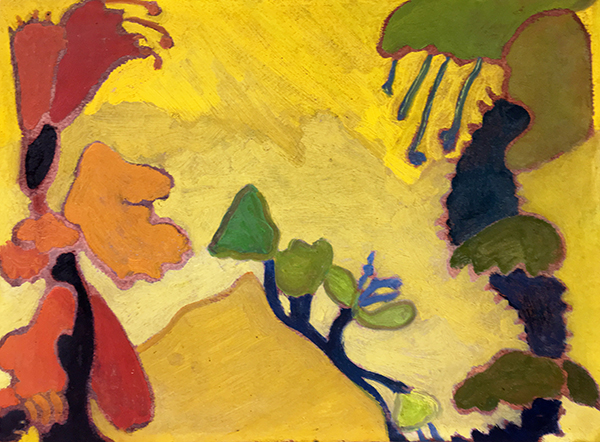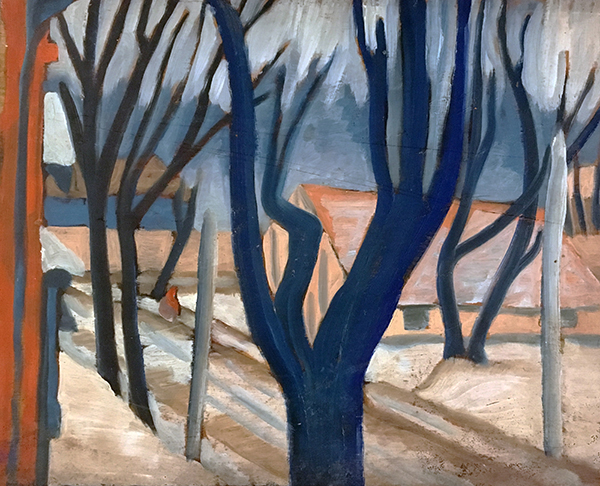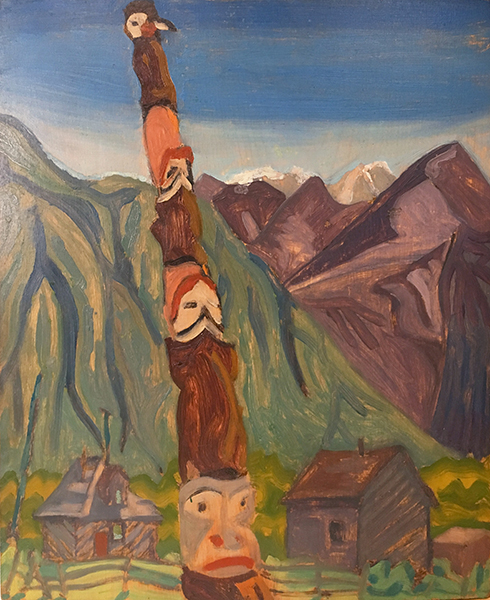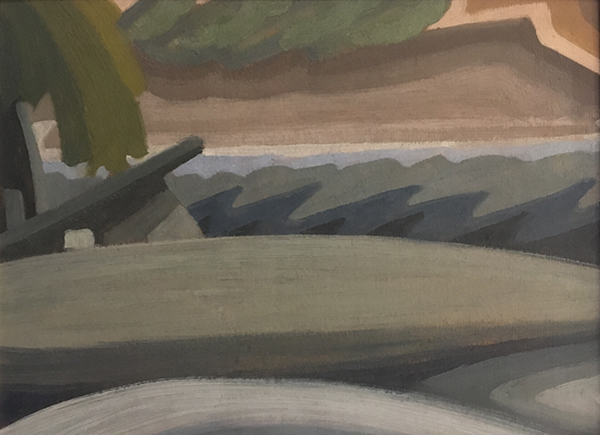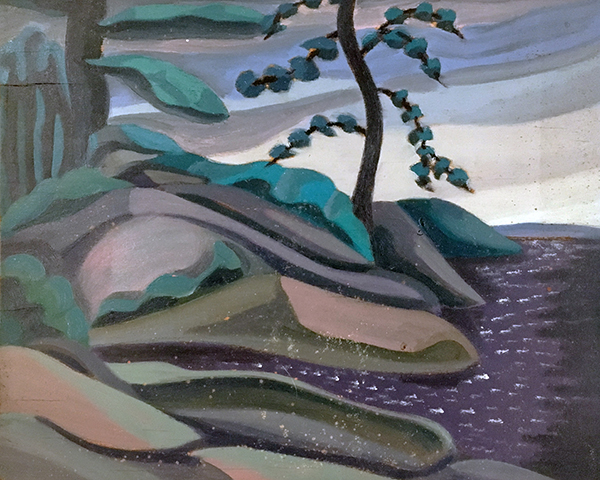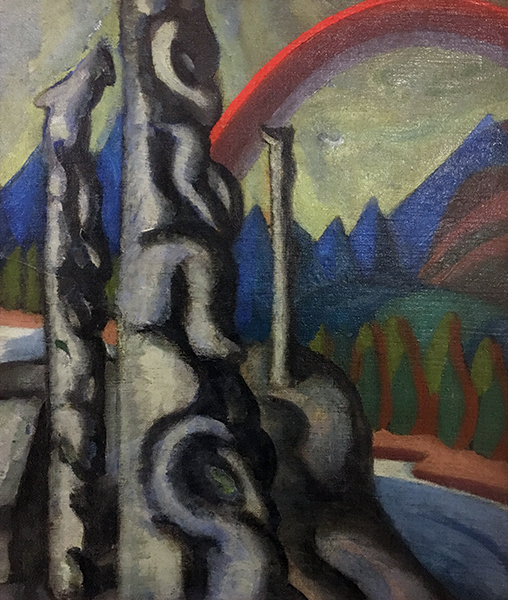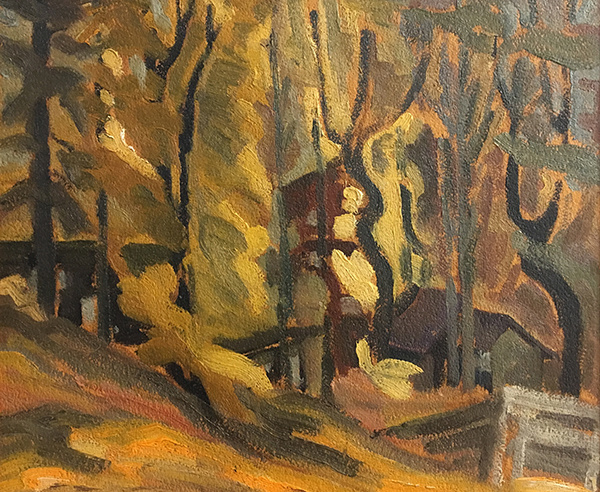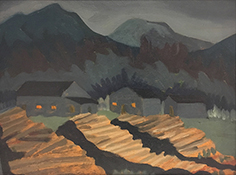Lowrie Warrener
Lowrie Warrener (1900-1983)– Artist Biography
Born in Sarnia, Ontario in 1900, Lowrie Warrener studied sculpture at the Ontario College of Art under Emmanuel Hahn (1881-1957) and Arthur Lismer. He left for Europe in 1924 to attend the Academie Royale des Beaux Arts in Antwerp where his teachers recognized his talent, comparing his approach to Van Gogh and Gauguin and invited him to represent Belgium in the Prix de Rome competition. Warrener returned to Ontario in 1926 and was invited to exhibit with the Group of Seven and moved into the Studio Building. That summer he embarked on a sketching expedition of Georgian Bay with Carl Schaefer, George Pepper and Hahn, culminating in a 121-work solo exhibition in Sarnia in 1926, as well as subsequent group exhibitions at Toronto's National Exhibition, and the National Gallery of Canada.
Warrener also developed an interest in theatre design and collaborated with playwright Herman Voaden, travelling west with him in 1930 on Canadian Pacific rail passes, to write and design sets for a Voaden’s play that was produced later that year. Warrener's paintings stood out from those of his peers, distilling familiar Canadian landscapes into jewel-like compositions of delineated shapes, and broad planes. His northern shorelines and mountain-scapes are romantic, grandiose and suspenseful. While working as an accomplished set designer, Warrener met Bertram Brooker, who deemed him a fellow spiritual artist, working with "lines, curves, whirls, and flame-like rhythms, which flow through every manifestation of nature." In the summer 1931, Warrener was back West (this time on a pass arranged by Marius Barbeau) to paint at Kitwanga, British Columbia. When he returned to Toronto, he opened a paint business and later joined the Eagle Pencil Company, where he remained until his retirement in 1968. Warrener stopped exhibiting in the 1940s though he continued to paint and produce artwork regularly until his death in 1983. In 2009, Cassandra Getty curated the major exhibition, Kathleen Munn and Lowrie Warrener: The Logic of Nature, the Romance of Space for the Art Gallery of Windsor.
Selected Permanent Collections:
Canadian War Museum, Ottawa
Confederation Centre Art Gallery, Charlottetown
Judith and Norman Alix Art Gallery, Sarnia
McMichael Canadian Art Collection, Kleinburg
National Gallery of Canada, Ottawa
The Robert McLaughlin Gallery, Oshawa
The Art Gallery of Hamilton, Ontario
Artist Specialization: Warrener stressed the necessity for strong design, emphasizing solid, three-dimensional forms: “Be sure and use figures, heads, etc.,” he wrote to artist Carl Schaefer in 1925, “but make them as designs and marks.” As to landscape, Warrener advised to “keep to your houses, trees, and turn everything into a form you can take hold of, or feel that it has sides.” Most important, painters had to forget the colours around themselves and put in what each shape suggested. “A big roundish shape is happy,” he wrote, “so put in light, happy colour and don’t smear or work over it while wet. Forget whether a thing looks natural … as long as it gives you a beautiful feeling.” When interviewed, Warrener declared that he felt the key to his work lay in the eay he handled colour: “I picked out my own type of colours that I liked and I filled the space.” “I started with something, a shape, from I suppose, things I observed in the past, and I would start up at the left hand corner . . . and come down.” He referred to his art as an abstract impression of colour and the works that Warrener completed after he returned from his studies in Europe burst with colour and enthusiasm, as though bathed with an inner fire.
